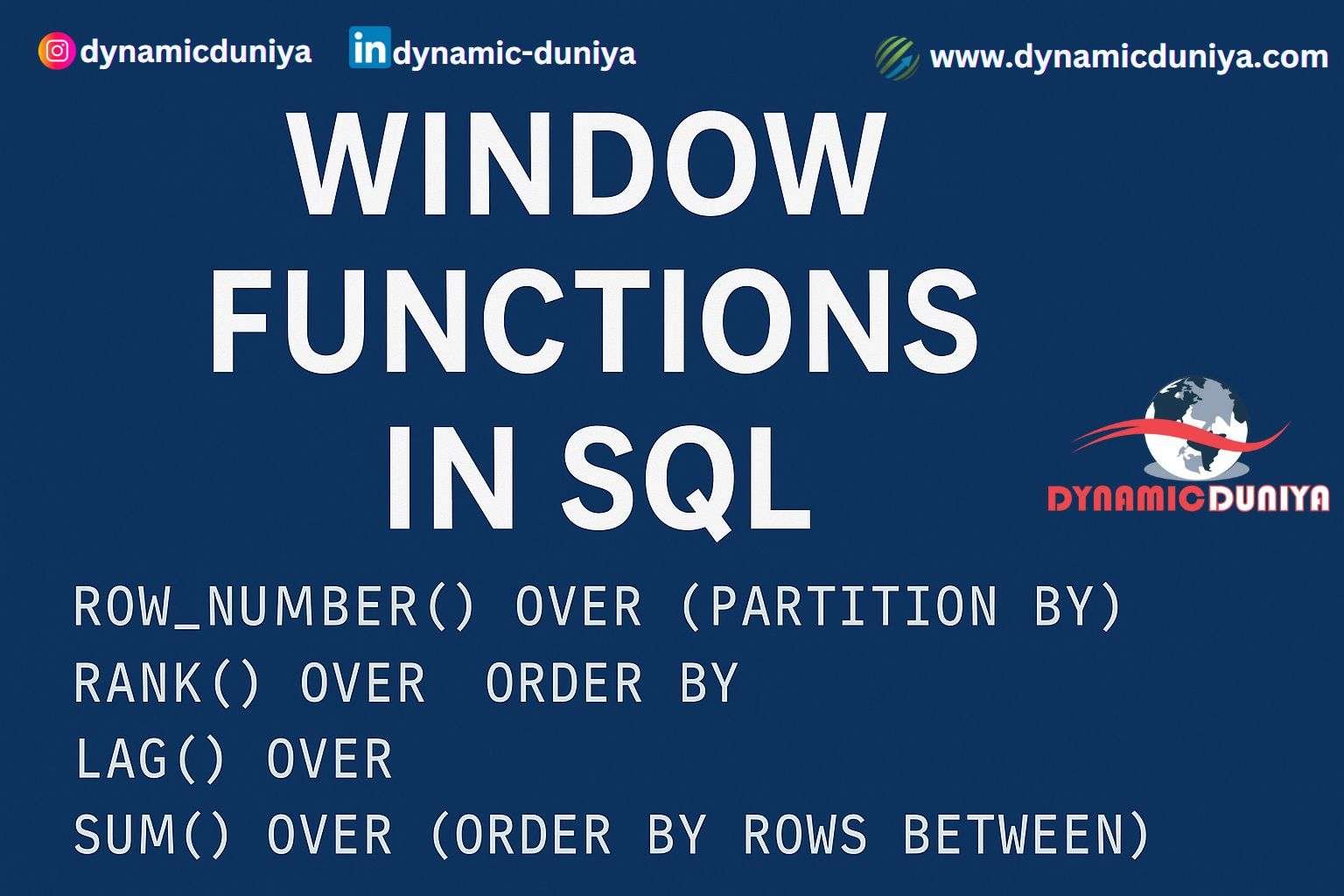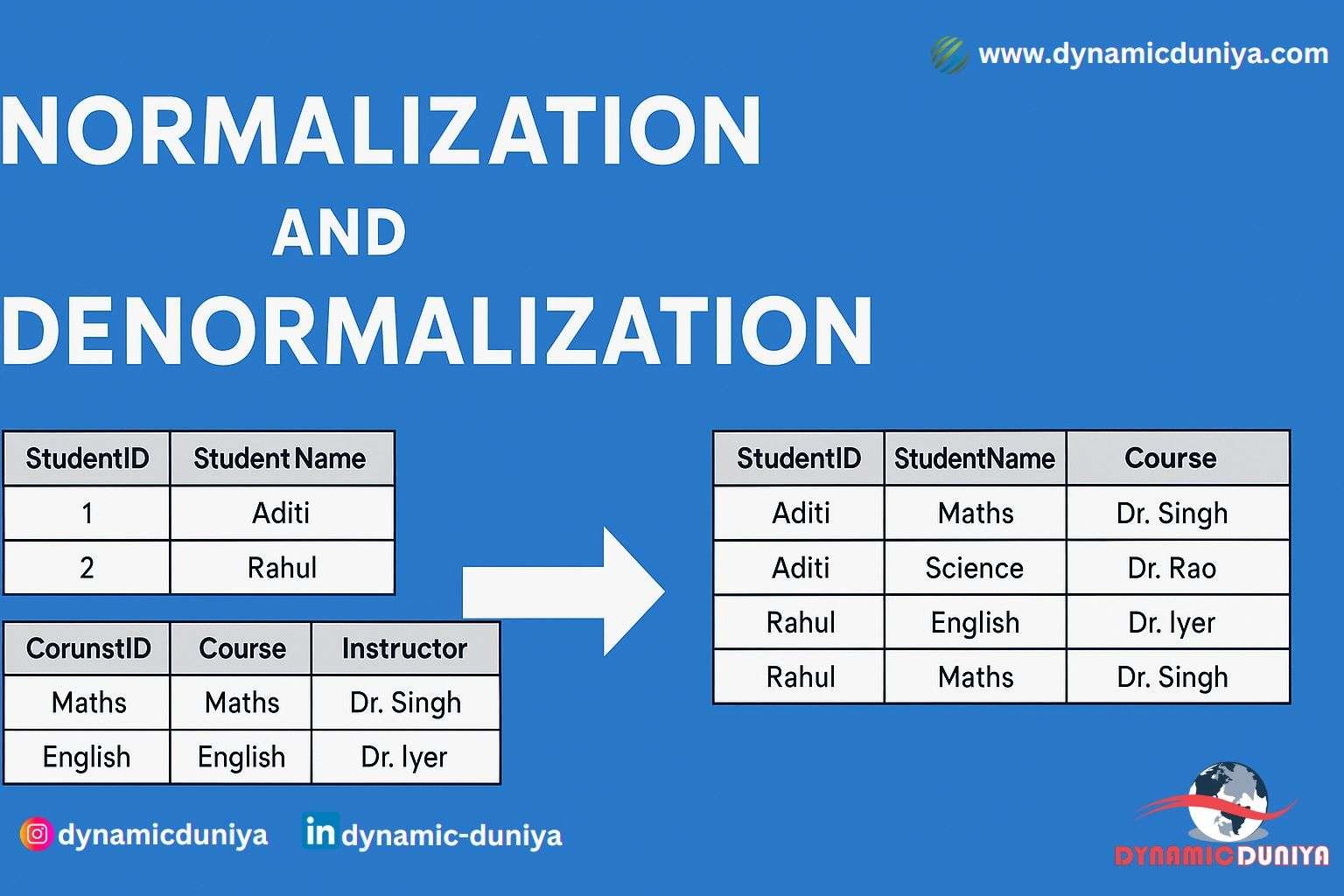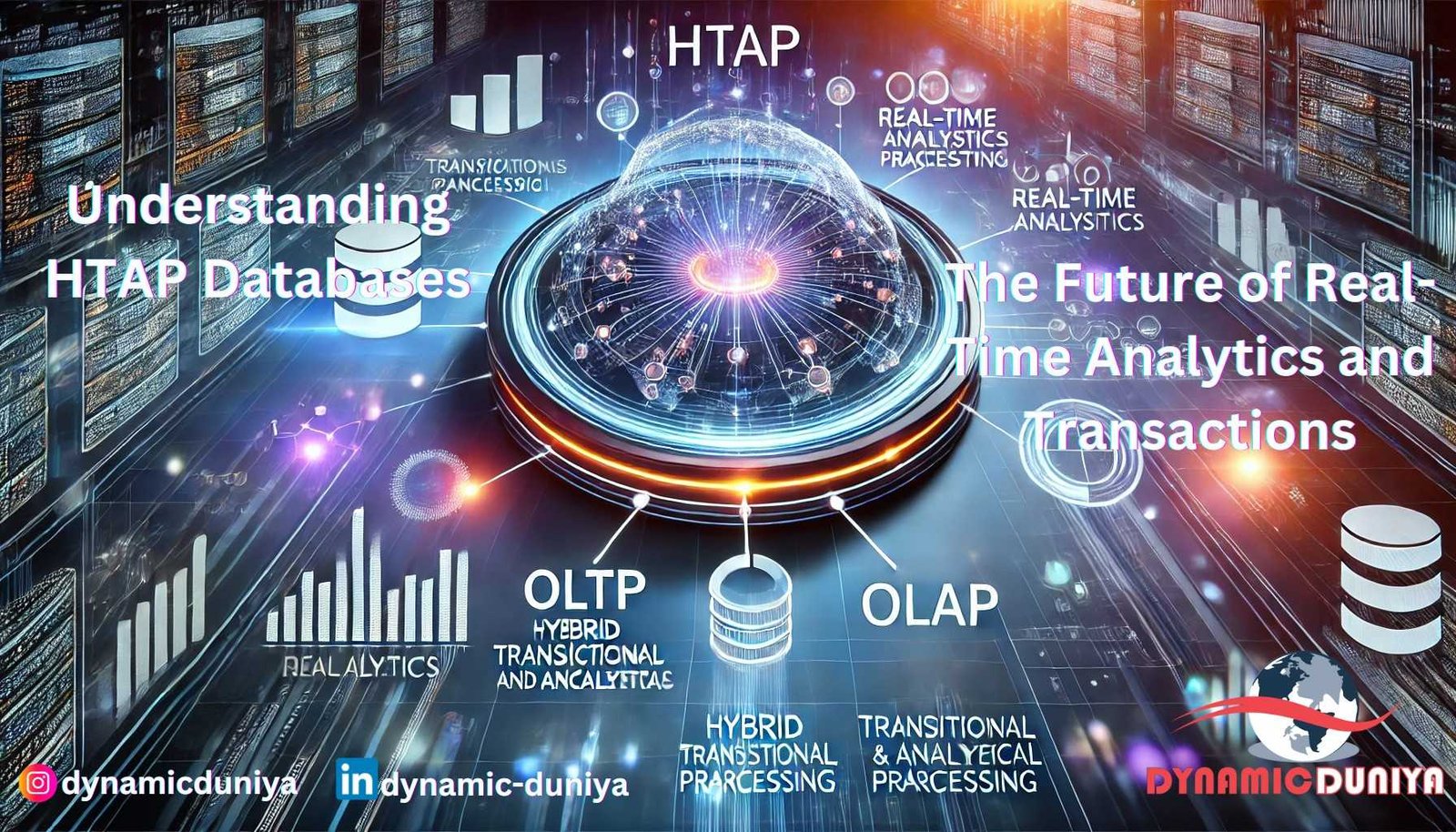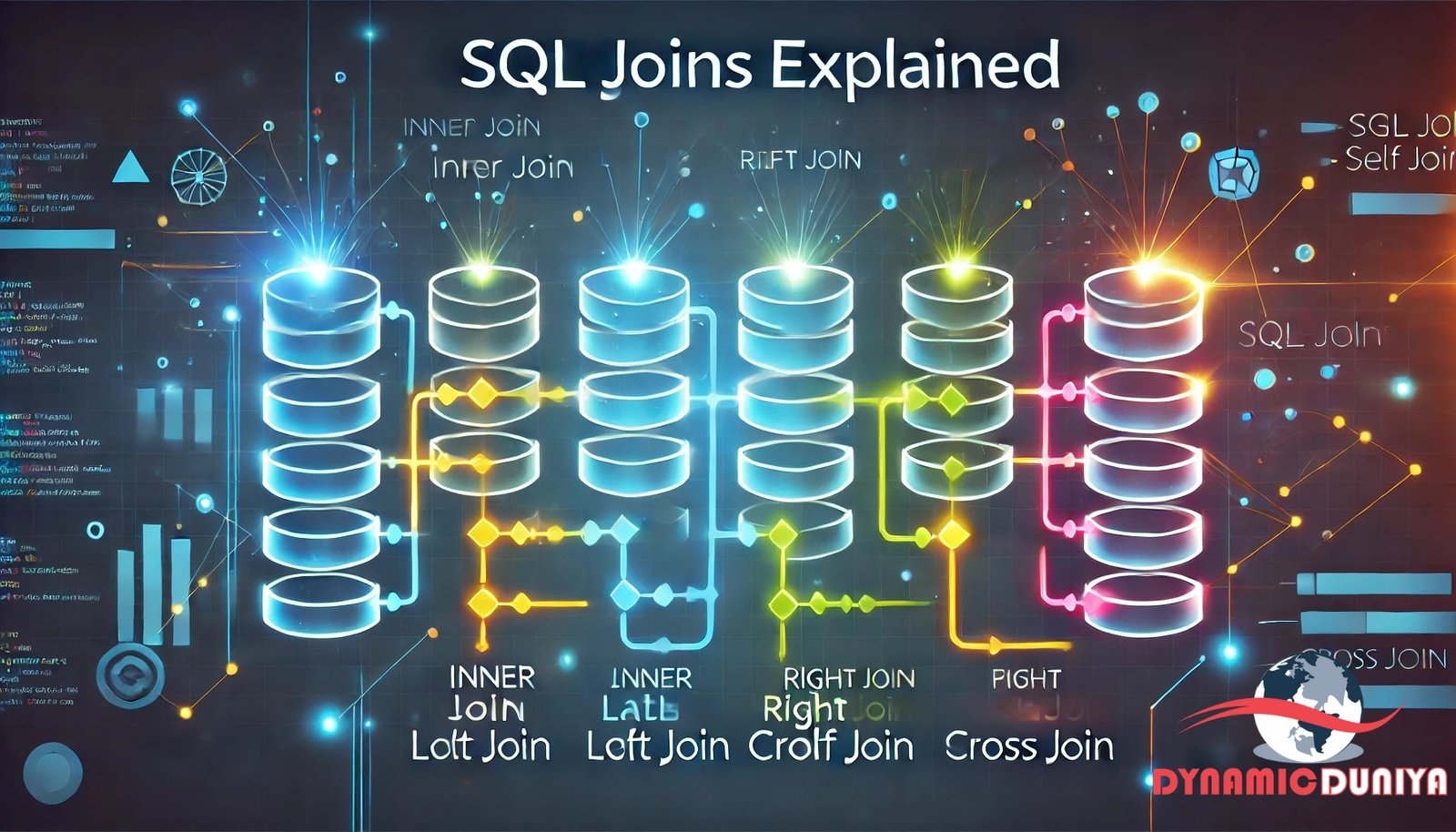Understanding SQL vs MySQL vs PostgreSQL vs MS SQL vs Oracle and Other Popular Databases
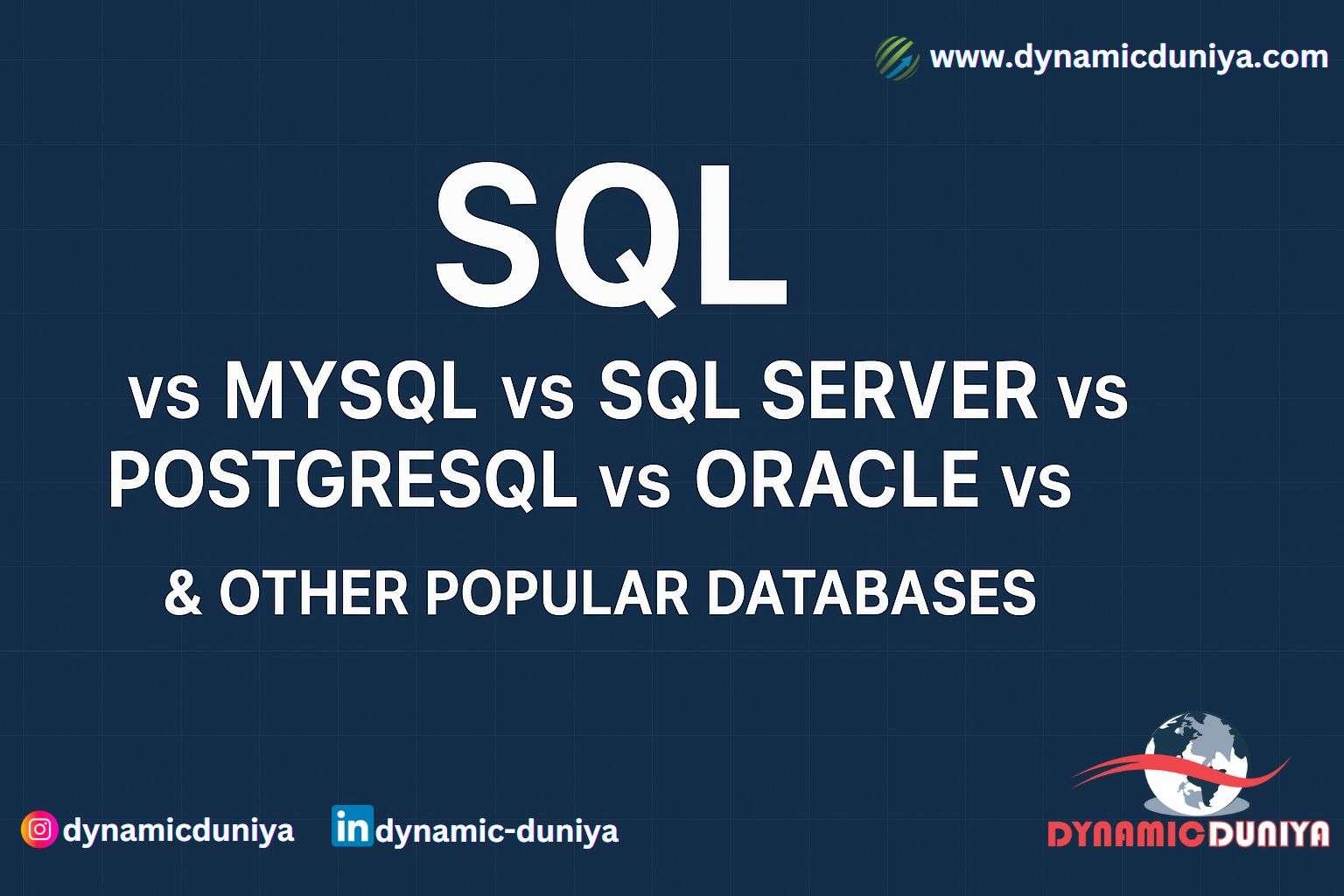
In the world of data and software development, databases are the backbone of applications. Whether you're developing a small website or a large-scale enterprise application, choosing the right database system is crucial. Developers often encounter confusion around terms like SQL, MySQL, PostgreSQL, MS SQL Server, Oracle, SQLite, and others. These terms are related but represent fundamentally different concepts.
This blog aims to clearly distinguish between SQL as a language and the various database management systems (DBMS) that implement SQL in different ways. We'll dive deep into the strengths, weaknesses, and ideal use cases for each major database system, helping both beginners and professionals make informed decisions.
What is SQL?
SQL (Structured Query Language) is a domain-specific language used for managing and manipulating relational databases. It is not a database itself but a language that is used across multiple database systems to perform tasks such as:
- Creating and modifying database structures
- Inserting, updating, and deleting records
- Querying data using SELECT statements
- Managing user permissions
All relational database systems use SQL, although some may include proprietary extensions.
Comparing Popular Relational Databases
Relational databases implement SQL in different ways. Below is a detailed comparison of the most commonly used relational database systems:
1. MySQL
Type: Open-source RDBMS (Relational Database Management System)
License: GPL (owned by Oracle Corporation)
Use Case: Ideal for web applications, especially in the LAMP stack (Linux, Apache, MySQL, PHP/Python/Perl).
Strengths:
- Easy to use and widely supported
- High performance for read-heavy workloads
- Broad community support
Limitations:
- Limited support for advanced SQL features
- Default storage engine (InnoDB) lacks some advanced indexing capabilities
2. PostgreSQL
Type: Open-source Object-Relational DBMS
License: PostgreSQL License (permissive open-source license)
Use Case: Best suited for complex applications requiring advanced data types and analytics.
Strengths:
- Fully ACID compliant
- Supports advanced data types (arrays, hstore, JSONB)
- Excellent concurrency and indexing features
Ideal for geospatial data (PostGIS extension)
Limitations:
- Slightly steeper learning curve
- Fewer GUI tools compared to other DBMSs
3. Microsoft SQL Server
Type: Proprietary RDBMS
License: Commercial (Microsoft)
Use Case: Enterprise-level applications, especially in environments using Microsoft technologies (.NET, Azure).
Strengths:
- Advanced business intelligence tools
- Deep integration with Windows ecosystem
- Strong data security and auditing capabilities
Limitations:
- Expensive licensing for full versions
- Primarily optimized for Windows (though Linux support has improved)
4. Oracle Database
Type: Proprietary Object-Relational DBMS
License: Commercial (Oracle Corporation)
Use Case: Mission-critical enterprise applications (finance, telecom, government).
Strengths:
- Extremely robust and scalable
- Advanced partitioning and replication features
- Comprehensive support for PL/SQL and procedural logic
Limitations:
- Complex to administer
- High cost of ownership
5. SQLite
Type: Serverless Embedded RDBMS
License: Public domain
Use Case: Mobile applications, embedded systems, prototyping.
Strengths:
- Lightweight and simple to use
- Requires no server or configuration
- Extremely fast for read-heavy operations
Limitations:
- Not designed for high-concurrency environments
- Limited support for advanced SQL features
6. MariaDB
Type: Open-source RDBMS (Fork of MySQL)
License: GPL
Use Case: Direct replacement for MySQL with added features and community-driven enhancements.
Strengths:
- Backward compatible with MySQL
- Improved performance and new storage engines
- Active development by original MySQL developers
Limitations:
- Can have compatibility issues with certain MySQL enterprise features
Key Differences Explained
Licensing and Cost
- MySQL and MariaDB are free and open-source.
- PostgreSQL is open-source with a permissive license.
- MS SQL Server and Oracle are commercial products with free limited editions (SQL Server Express, Oracle XE).
- SQLite is public domain and entirely free to use.
Performance
- MySQL performs well in read-heavy applications.
- PostgreSQL offers better performance for complex queries and data integrity.
- MS SQL Server and Oracle offer high performance but at a cost.
- SQLite is suitable for low-resource environments.
Feature Support
- PostgreSQL leads in advanced SQL features and extensions.
- Oracle is unmatched in enterprise-grade features and optimizations.
- MySQL and MariaDB provide simplicity with adequate features for most web applications.
- MS SQL Server offers a strong suite of tools for analytics and integration with Microsoft products.
When to Use What?
| Scenario | Recommended DBMS |
|---|---|
| Small to medium web applications | MySQL, MariaDB |
| Complex applications and analytics | PostgreSQL |
| Windows enterprise environments | MS SQL Server |
| Mission-critical enterprise systems | Oracle Database |
| Mobile or embedded systems | SQLite |
| MySQL replacement with improvements | MariaDB |
What About NoSQL Databases?
While this blog focuses on relational databases, it is worth mentioning popular NoSQL alternatives for specific use cases:
| NoSQL DB | Model | Use Case |
| MongoDB | Document | Applications requiring flexible schemas |
| Cassandra | Column | High-volume write-heavy applications |
| Redis | Key-Value | Caching, real-time data processing |
| Firebase | Realtime DB | Mobile and web apps with live sync |
Tips for Beginners and Professionals
For Beginners:
- Start with MySQL or PostgreSQL to learn SQL fundamentals.
- Use GUI tools like phpMyAdmin (MySQL) or pgAdmin (PostgreSQL) for easier management.
For Professionals:
- Evaluate the specific technical and business needs before selecting a DBMS.
- Consider cloud-native offerings like Amazon RDS, Azure SQL, and Google Cloud SQL.
- Be mindful of licensing and scalability requirements for future growth.
Conclusion
SQL is the foundational language for managing relational databases, but each RDBMS has its own implementation, optimizations, and strengths. Understanding the differences between MySQL, PostgreSQL, Oracle, MS SQL Server, SQLite, and MariaDB allows you to choose the best fit for your application’s needs.
Whether you're just starting out or managing enterprise-scale systems, selecting the right database is a decision that can significantly impact your project's scalability, performance, and maintainability.
Random Blogs
- Variable Assignment in Python
- What is YII? and How to Install it?
- OLTP vs. OLAP Databases: Advanced Insights and Query Optimization Techniques
- The Ultimate Guide to Machine Learning (ML) for Beginners
- Transforming Logistics: The Power of AI in Supply Chain Management
- Convert RBG Image to Gray Scale Image Using CV2
- AI Agents: The Future of Automation, Work, and Opportunities in 2025
- Career Guide: Natural Language Processing (NLP)
- String Operations in Python
- Datasets for Speech Recognition Analysis
Prepare for Interview
- JavaScript Interview Questions for 5+ Years Experience
- JavaScript Interview Questions for 2–5 Years Experience
- JavaScript Interview Questions for 1–2 Years Experience
- JavaScript Interview Questions for 0–1 Year Experience
- JavaScript Interview Questions For Fresher
- SQL Interview Questions for 5+ Years Experience
- SQL Interview Questions for 2–5 Years Experience
- SQL Interview Questions for 1–2 Years Experience
- SQL Interview Questions for 0–1 Year Experience
- SQL Interview Questions for Freshers
- Design Patterns in Python
Datasets for Machine Learning
- Awesome-ChatGPT-Prompts
- Amazon Product Reviews Dataset
- Ozone Level Detection Dataset
- Bank Transaction Fraud Detection
- YouTube Trending Video Dataset (updated daily)
- Covid-19 Case Surveillance Public Use Dataset
- US Election 2020
- Forest Fires Dataset
- Mobile Robots Dataset
- Safety Helmet Detection
- All Space Missions from 1957
- OSIC Pulmonary Fibrosis Progression Dataset
- Wine Quality Dataset
- Google Audio Dataset
- Iris flower dataset
- Artificial Characters Dataset
- Bitcoin Heist Ransomware Address Dataset

